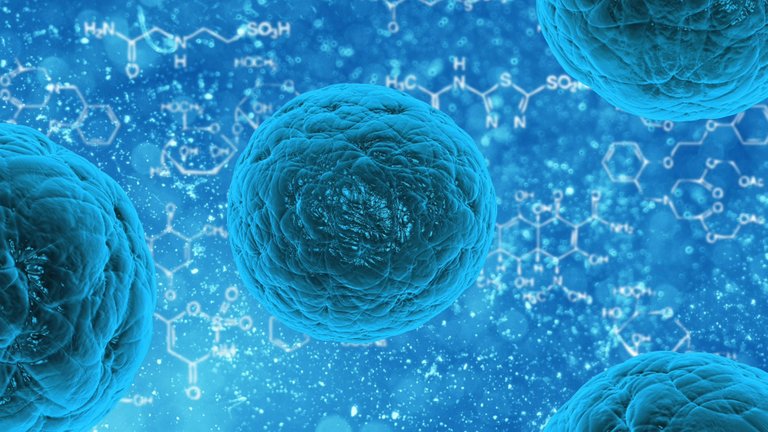Letting Blind People Sight With Reeducated Skin Cells
A cocktail of five simple chemicals turns skin cells into retina cells. After a transplant, these can fully recover the eye.

Image by PublicDomainPictures from Pixabay
- Be also sure to check out my other posts and follow me @kralizec and subscribe to my Youtube channel at Kralizec Gaming Youtube Channel
Degeneration of retina cells is one of the most common causes of losing sight in many states around the world. And for many of them such as macular degeneration current medicine has no effective treatment.
Many doctors are putting their hopes into cellular therapies. This method has you grow a replacement for the damaged light-sensitive cells and then transplants them into the diseased retina. But the method is complicated and takes a lot of time.
Cells of the patients are the starting material. But these cells initially have nothing in common with the eye. The most used cells come from the skin and are called fibroblasts. Their main advantage is the fact that you can easily get them and they reproduce well in laboratory conditions. Using genetic engineering scientists input four genes that transform the specialized skin cell into a cell similar to an embryo cell.
By cultivating these cells under very particular conditions the cells transform into cells with a new specialization such as light-sensitive retina cells. These “reeducated” skin cells can then be used for treatment. Clinical tests have been going on for several years in Japan and a few other countries. The results are positive but not overwhelmingly so. A big problem is the production of the reeducated cells as it takes a lot of effort and time thus making it expensive.
A team led by Sai Chavala from the University of North Texas Health Science Center recently published results of their experiment that introduces a “shortcut” to getting the reeducated cells.
How to change skin into a retina?
Chavala and his coworkers decided to go away from the need to “devolve” the cells by skipping the part when the specialized cells change into embryo cells. The skin cells directly transform into light-sensitive cells known as rods. Rods are highly sensitive to light but cannot differentiate between colors.
To transform one type of specialized cells into another the scientists did not need any genetic engineering. They used a cocktail of five chemicals – valproic acid, forskolin, a substance known as RepSox, a molecule of CHIR99021 capable of blocking the GSK-3 enzyme, and an IWR1 molecule blocking the intracellular processes using the Wnt proteins.
After cultivating in this cocktail for a weak a few more things are added to the mix, more specifically sonic hedgehog proteins, taurine amino acids, and retinoic acid. This might seem complicated but when you compare it to previously used methods it is easy, fast, and cheap.
The cells you get after the process react to light very similarly to how normal rods do. That on itself is quite the success but to successfully treat patients the reeducated cells need to connect with other cells that transfer the signals from the retina into the eye nerve and then into the brain.
Blind mice that see
Scientists used mice to test whether the treatment was a success. These mice did have any light-sensitive cells in their retina. So, they transplanted the newly grown light-sensitive cells into the mice's damaged retina. The pupils of the mice stared reacting to the light. That was a good sign as the pupil requires working rods to contract.
But on itself, this experiment did not prove that the mice see. The pupil's reaction is reflexive and uncontrolled. So, the next test was to see whether the mice will stay in the light. Mice prefer to be in darkness because their natural enemies such as birds of prey require good light to attack them while mice prefer to stay in the dark.
The scientists provided the mice with the reeducated retina cells two options. Either a dark room or a room with light. And the mice chose the dark room proving that they can truly see.
A long road ahead
There is a long road ahead of scientists. It takes a lot of work to get from experiments on mice to treating patients. But the new method of creating light-sensitive cells for degenerated retinas is a big promise as it makes the making of the cells much easier and quicker. It also retains the benefit of using the cells of the patient. This removes the problem of searching for donors.
Using patients' cells could be also used to treat other diseases. All you need it to get the proper type of cells. But if scientists will be capable of finding the right cocktail of chemicals we will be able to reeducate skin cells to treat many other diseases.
Sources:
- If you like the content I’m producing about science maybe you will like the content I produce about gaming as well! Be sure to check out my other posts!